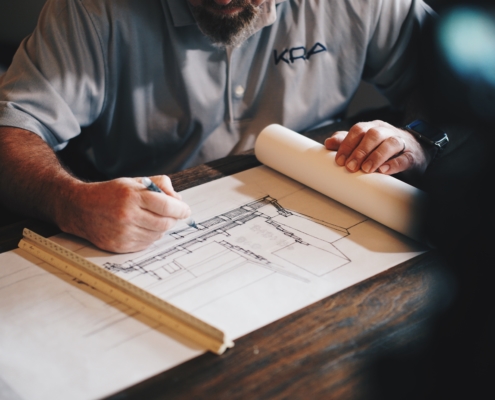A collected list of all our tools and models
Our ideology is to release all our tools for free, as we get familiar with them in practice. Every tool, model or the like you find below will have been tested, tried, maybe modified and implemented in everyday life. Either internally in Bloch&Østergaard or in collaboration with or clients and partners. This means that some of the tools are modified, adapted or made from scratch, which also means that they have different Creative Common Licenses (CC). We have marked alle tools and models which the appropriate CC variation. Basically this means: These tools and models are to you, from us at Bloch&Østergaard.
Feel free to download them and use them. If you have comments or improvements to them, please let us know.
Most tools and models you’ll find on this tool page is licensed Creative Common. There may be some variants, but it will be explicit in the downloaded file.

This work is licensed under a Creative Commons Attribution 4.0 International License.

Tool: How to analyze and understand your leadership project

Tool: The agenda of a modern department meeting

Tool: Using Kanban Board Agendas when facilitating team meetings

Tool: Modern people leadership – part 2: The rhythm

Tool: Modern people leadership – part 1: The framework

Tool: Five Traits of Leaders that Transform

Tool: Impact Stories

Tool: The Pizza Model

Tool: The Innovation Matrix
Tool: Does your organization have the capabilities of the future?

Tool: Driving the change that innovation brings

Tool: Hypothesis-driven experimentation and innovation

